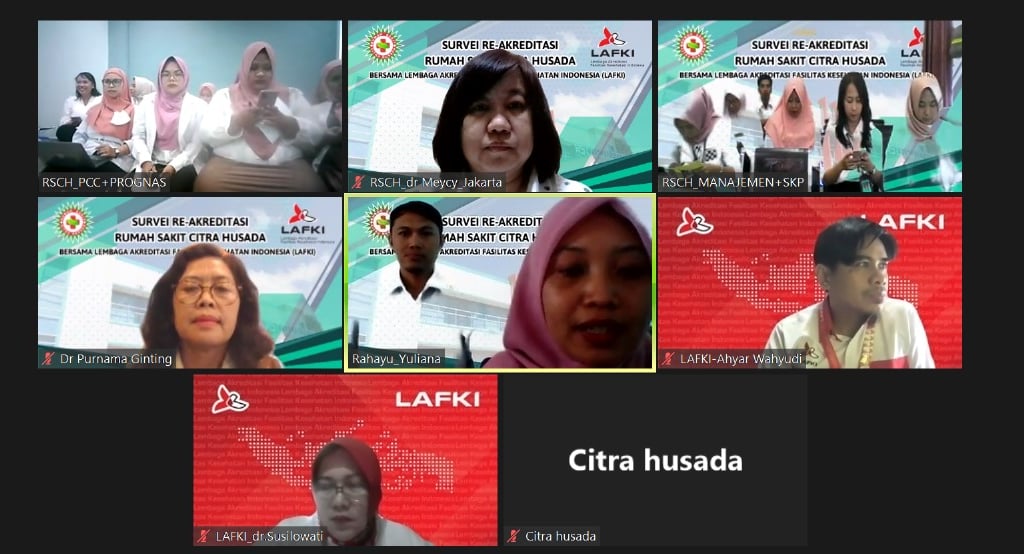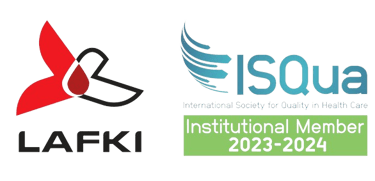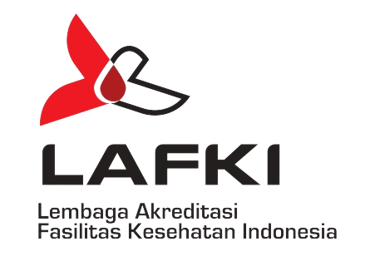Towards Health System Transformation: Integration, Innovation, and Introspection
By. Dr. H. Ahyar Wahyudi, S.Kep.Ns, M.Kep, FISQua, FRSPH, FIHFAA


In the quest for a safer healthcare system in Indonesia, understanding errors not only from the perspective of individual failures but as system failures is key. Referring to the principles in the book "To Err Is Human: Building a Safer Health System," the deep transformation required includes integration, innovation, and introspection across the healthcare system.
Integration of Patient Safety Systems
The first step toward transformation is the integration of patient safety systems across the structure and culture of the healthcare organization. This means building transparent and supportive reporting mechanisms, where every member of the organization, from medical staff to management, feels accountable and equipped to identify risks and prevent errors.
Layered Patient Safety Model
Adopting a layered patient safety model, similar to the "defense in depth" approach in the nuclear or aviation industries, can be effective. This layer includes comprehensive safety training, rigorous standard operating procedures, error reporting systems that encourage learning rather than punishment, and the use of advanced technology to minimize human risk.
Innovation in Technology and Practice
Technological innovations, such as the use of electronic health information systems, can play a critical role in reducing medical errors. Technology can help ensure precision in prescribing medications, monitor the appropriateness of medical procedures, and integrate patient records for easy and accurate access by all healthcare providers involved in patient care.
Multidisciplinary Collaboration
Collaboration across professions within the health system should also be enhanced. For example, a team approach to patient care, where physicians, nurses, pharmacists, and other professionals work collectively with effective communication, can reduce errors and improve patient outcomes.
Introspection and Continuous Learning
Medical errors should be viewed as opportunities for learning and improvement, rather than as opportunities for blame. An organizational culture that encourages introspection and continuous learning is essential. This includes regular training, reflection sessions, and team meetings to discuss incidents and near misses, with a focus on what can be improved, not who is at fault.
Improving Education and Training Standards
Patient safety education and training should be a core part of medical and nursing education curricula, as well as ongoing training for all healthcare professionals. LAFKI and other relevant agencies can play an important role in setting standards for patient safety education and ensuring their widespread implementation.
Conclusion: Towards an Inclusive Patient Safety Culture
Creating a safer health system requires a profound and sustained transformation that involves all stakeholders—from individuals to institutions. The role of LAFKI and similar institutions in setting standards, along with a commitment from health organizations to adopt an inclusive patient safety culture, will be key to reducing medical errors. Through continued integration, innovation, and introspection, we can build a health system that not only heals but also protects every patient who entrusts their health to us.


